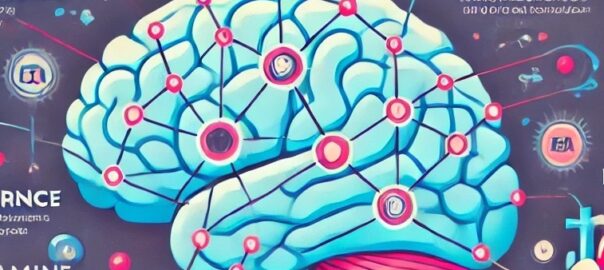Discover the untold romantic journey of one of the greatest minds in history. ‘The Love Story of Albert Einstein’ delves into the personal life of the renowned physicist, exploring his relationships, marriages, and the emotional complexities behind the genius. Join us as we uncover the intimate side of Albert Einstein, beyond his groundbreaking scientific achievements.”

The Love Story of Albert Einstein
Vlogaffection, albert, biography, brilliance, companionship, couple, discovery, Einstein, emotions, enduring, famous, genius, heart, history, iconic, influential, inspiration, intellectual, intellectual love, journey, letters, love, love letters, milestones, partnership, passion, physicist, physics, quotes, relationship, relativity, romance, romantic history, science, soulmate, soulmate connection, story, theoreticalSuzette Lyn Michaelsen
